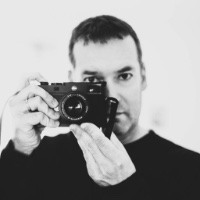White balance of digitalized color negatives
-
Recently Browsing 0 members
- No registered users viewing this page.
-
Similar Content
-
- 2 replies
- 180 views
-
- 9 replies
- 402 views
-
- 28 replies
- 2,528 views
-
- 1 reply
- 259 views
-
- 21 replies
- 2,217 views
-



Recommended Posts
Join the conversation
You can post now and register later. If you have an account, sign in now to post with your account.
Note: Your post will require moderator approval before it will be visible.